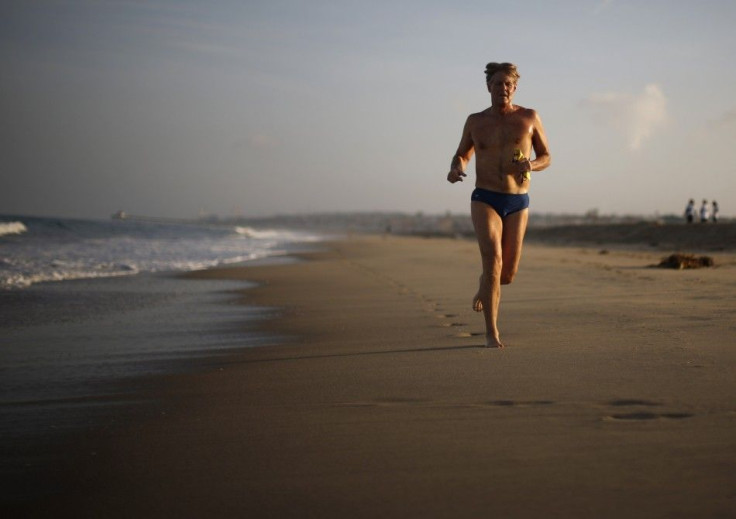Massive And Mysterious Underwater Waves Off New Zealand Coast Attract Scientists

Massive underwater waves detected south of New Zealand are drawing researchers from Australia and the United States. The mystery surrounding the underwater waves reportedly the size of skyscrapers have been travelling for days in the ocean.
According to scientists, the underwater waves or internal tides, are responsible for nutrient distribution and the regulation of ocean temperatures. The internal tides normally move in several horizontal directions but the Tasman underwater wave forming at the Macquarie Ridge off the New Zealand coast is the only wave known to move in one direction toward Tasmania.
Radio NZ reported that scientists from the T-Beam expedition have been studying the mysterious underwater wave from two ships: the Falkor and Roger Revelle. The Falkor is expected to move toward the Macquarie Ridge on Saturday while the Roger Revelle will head toward Tasmania or the area where the giant wave reaches the coast.
Associate Professor Pete Strutton from the University of Tasmania said the researchers will gather data on the physical and biological features of the underwater wave. He explained that the waves mix warm water from the surface with colder water from below to keep the overall sea temperature balanced. He said it has been a mystery for more than 50 years as to what phenomenon causes the "mixing" in the deep ocean.
Strutton said scientists are only beginning to understand the mixing processes including the wind and coastal tides crucial to sustain life. Previous research indicates that warmer surface water contains less nutrients while deeper waters have higher concentrations. The professor noted that the ocean is more productive in areas where deep nutrients are brought to the surface, Sci-News reported.
If tides did not exist, the mixing phenomenon would be weaker and therefore cause a temperature imbalance in the ocean. Strutton said oceans are already absorbing more than 90 percent of the heat generated from global warming. To make better climate models to predict future climate, scientists need to understand oceans more.
A similar study is being conducted by Kiwi researchers in the Hauraki Gulf and off the West Coast of the South Island. Craig Stevens, a physical oceanographer at the National Institute of Water and Atmospheric Research, said a planned expedition will take place in May at the Hauraki Gulf to measure the water's salinity and temperature.
To report problems or leave feedback, e-mail: r.su@ibtimes.com.au.






